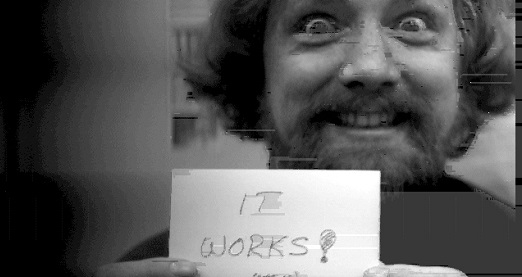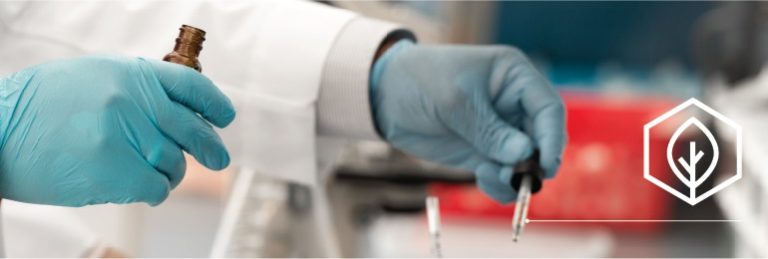By Donald B. Stephens

A soldier snakes through piles of burning rubble. He dives for a hot-spot to mask his heat signature from the alien aircraft that streaks high above. Suddenly he disintegrates, only to reappear on board his own starship
Before computer generated imagery, exorbitant production costs would limit such a scene to only the largest of budgets; often with results that were far from convincing. Today, the entire scene from a typical sci-fi thriller would be filmed in front of a green-screen, saving millions and blurring the line between reality and science fiction – thanks to the legacy of innovation here at Xerox. Our seminal contributions to the advancements of computer graphics and animation are examples of what happens when innovative ideas meet up with an industry.
In 1973, PARC scientist and visionary, Richard Shoup, changed the worlds of animation and graphic arts forever. He developed the world’s first fully-functional frame buffer system, called SuperPaint. It paved the way for digital imaging and much more. A combination of complex hardware and innovative software, SuperPaint digitized video, manipulated images, and allowed animators to create their own computer-generated artwork, and immediately output it to a laser printer or video.
Richard Shoup (top of page), in the first ever image that SuperPaint captured in April 1973. SuperPaint digitized the video signal to 8 bits, and was able to capture or combine it with other data. Photo courtesy of Richard Shoup, via the Xerox Historical Archives.
NASA used SuperPaint to produce animations of the Pioneer missions to Venus and Saturn. In 1983, Xerox and Shoup were each recognized with an Emmy for innovation in television video-graphics. (In 1998, Shoup was also honored by the Academy Awards). But perhaps the least acknowledged function of this revolutionary innovation is on the role it plays in everything we do with a computer today.
Animation and the office of the future
“I thought, even back (in 1973), that the office of the future definitely was going to have all sorts of imaging and graphics,” Shoup said.
Indeed, you would be hard-pressed to find a webpage or document that does not feature a computer-generated graphic. It’s also difficult to find a website that doesn’t have at least one embedded video. Shoup predicted that too. “What we were really expecting to see was a giant confluence of media; from office material like documents, to film and television.”
Shoup went on to co-found Aurora Systems, a company that specialized in digital animation systems, and the Boundary Institute for leading-edge physics and mathematics. Alvy Ray Smith, a PARC contractor who wrote significant routines that went into the software for SuperPaint, co-founded Pixar Animation Studios – home to classics such as “Toy Story,” “Cars,” and “The Incredibles.”
Before computers, copiers saved animation
Our heritage with graphic arts runs deeper than Shoup’s ground-breaking invention. A decade earlier, when Xerox was still known as Haloid, we collaborated with Walt Disney Productions on the iconic film, “101 Dalmatians.”
Early animation was a time-consuming, painstaking process that involved countless hours of drawing each frame, and then transferring the drawing to film, where artists would then add the colors that would bring the story to life – all by hand. Enter xerography.
With the ability to copy an artist’s work directly onto film, Disney cut costs and production time. But this was only one side of the innovation coin. Dick McKay, Publicity Director for Walt Disney Productions at the time, reported that the original process of transferring artistic drawings by hand to film “had a tendency to lose a little of the feeling originally imparted by the creators.” Xerography not only saved production time; it also had “the effect of transferring every artistic touch laid down by artists’ pencils directly to the screen and thus enormously improving the entertainment values of the animation.” Now being re-released on HD video, another generation will enjoy the result of our collaboration with Disney.
Technologies like xerography and SuperPaint allowed a number of companies to be unique and profitable. The end result benefits us all and changes our world forever.
Subscribe to this blog and receive email updates when we publish a new article.



